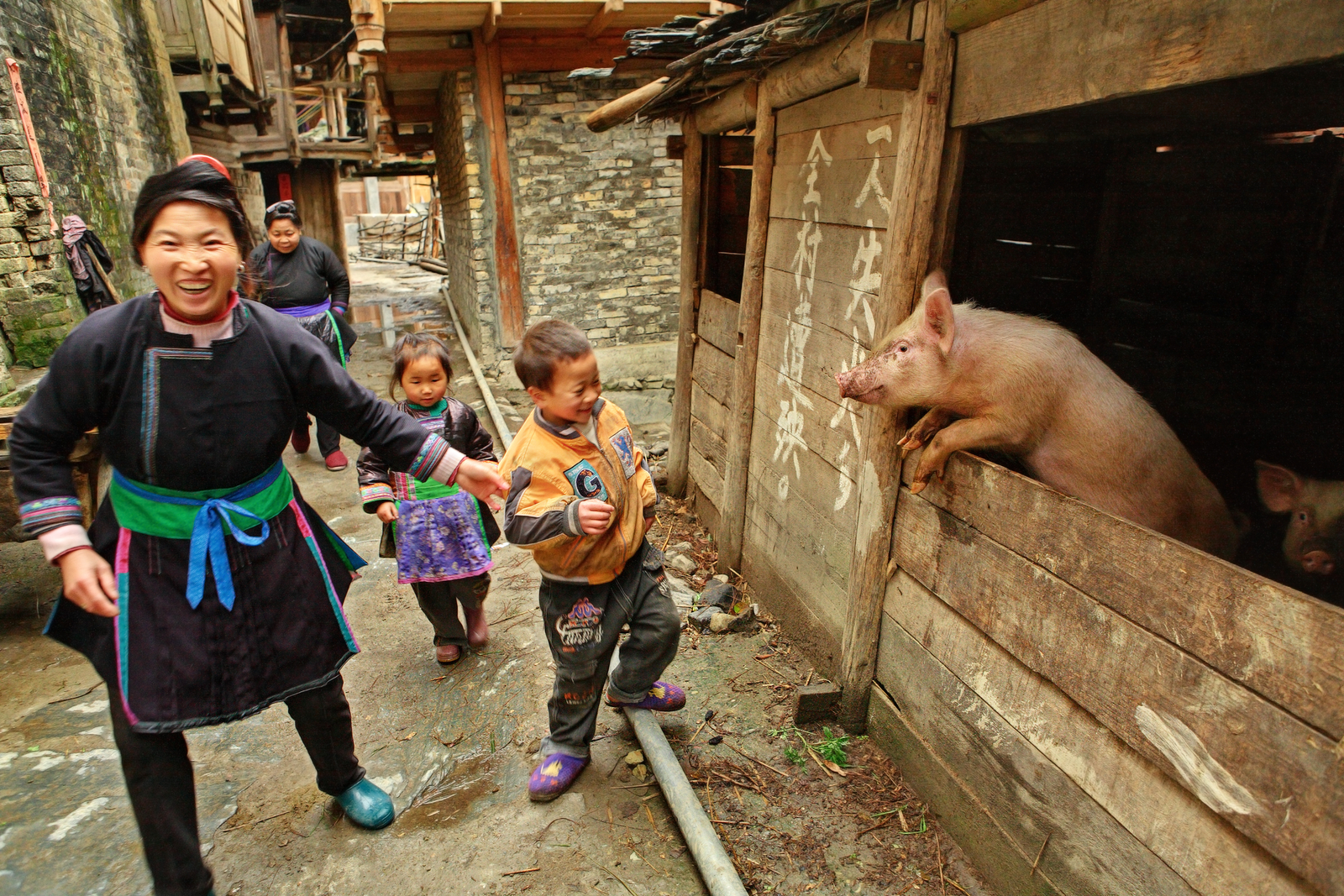Meat demand and future sources

China’s need for animal protein is a fact which cannot be disregarded and insects could be a viable alternative for traditional proteins in Europe. Just a couple of conclusions drawn from the Adisseo Swine Conference, recently held in Paris.
By Emmy Koeleman
The share of developing countries in total world meat consumption will expand in the coming years, as a result of incomes that will rise above poverty level and urbanisation. Asia is often named as the biggest grower when it comes to increased consumption of animal protein, and in particular China.
For animal feed and feed additive companies, these global trends are pivotal as it helps to make strategic growth plans for the future and to get a clear idea where growth markets can be found. This is why the French feed additive company Adisseo invited Jan Peter van Ferneij, pig economist at the French research institute IFIP, to its meeting to explain the market trends of pork and what we can expect from China.
“China is, and will remain, an important export market for EU pork in the future, although the exact growth potential is difficult to forecast. We know that Chinese pig farmers have less favoured technical results compared to the European pig sector. They wish to be self-sufficient in the future, but they still rely heavily on pork imports,” explained van Ferneij. Pierre Sabatier, economist and chairman and director of studies for PrimeView delved deeper into the effect that China has on world commodity markets. “Food raw material prices have been soaring for the last ten years. The main reason for this general increase is the entry of China into global trade markets in 2001. In 2012, China had an 11.1% market share of world exports, rising from 4.3% in 2001. The US lost market share and dropped from 11.8% to 8.6%,” explained Sabatier. China is the only country that has won market share on the global market in the last ten years. But Sabatier also has some concerns. “China has invested heavily over the last few years, but investments should always be in balance with the population. A sustainable, economic growth of a country is not only possible by investments, it is about the solvability of the country. For China it means that household consumption of products should be boosted and wages should increase to increase the buying power. I believe that China should go from investment to nursery of the domestic market,” Sabatier said.
Insects and peas
On a research note, Marinus van Krimpen from Wageningen UR, the Netherlands was present at the Adisseo conference to explain that with the growing demand for animal proteins, current feed ingredient sources may run out, which forces us to have a broader look on what to feed the animals in the future. “Increased demand for animal protein also requires more feed and feed protein sources. In Europe we already see a scarcity, reflected in high commodity prices. Soybean meal has doubled in price since 2000. The price of fishmeal even tripled. This is why we have to look for alternative (cost efficient) ingredients to include in animal diets. In addition, some protein sources are criticised over their effect on deforestation (soya), loss of biodiversity, soil and water pollution and the negative impact on small farmers and the native population. Wageningen UR investigated alternative protein sources that could be grown in Europe and would be suitable to include in pig and poultry diets. From a number of ingredients studies, pea concentrate shows the most promise on the short term. Risks lie in the sensitivity of peas to pathogens and pests. Van Krimpen: “Also insects can be a great alternative, as they are high in protein and can be grown on waste substrates. Research showed that meal worms, black soldier flies and house flies could be viable options. The crude protein content of meal worms and house flies is larger than soybean meal. Dry matter content ranges between 35-45% and fat content ranges between 4-46% of dry matter. However, legislation now forbids incorporating insects into animal diets. Hopefully, the rules will be adapted in the future to make use of these protein rich insects”. Van Krimpen also mentioned that, on the long term, European soybeans seem the most promising alternative for South American soybeans. However, this means that crop yield from European grown soybeans should increase from 3-5 tonnes per hectare to make it profitable.
Untapped potential methionine
Yves Mercier, amino acids research manager at Adisseo updated the audience on methionine use in swine diets. According to Mercier, extra methionine levels can improve meat quality and hence profitability. “We saw that higher methionine levels improved Longissimus Dorsi muscle growth. Also improvements in the sow’s milk quality and growth of the piglets were seen with use of HMTBA (a synthetic source of methionine). In another study we looked at whether high dietary methionine supplementation prior to slaughter improves the oxidative stability and the tenderness of pork chops,” said Mercier. The researchers found that extra supplementation one week prior to slaughter indeed led to improved meat tenderness in both storage situations (e.g. vacuum and modify atmosphere). “We have recently updated our Rhodimet nutrition guide, which makes it possible to make regression models to calculate the amino acid supplementation, including methionine, in grams per animal per day, depending on the weight gain of the pigs. This will give us more information on how to use this amino acid more accurately to benefit growth, milk and meat quality of swine,” Mercier concluded.
[Source: AllAboutFeed magazine Vol 22 nr 2, 2014]











